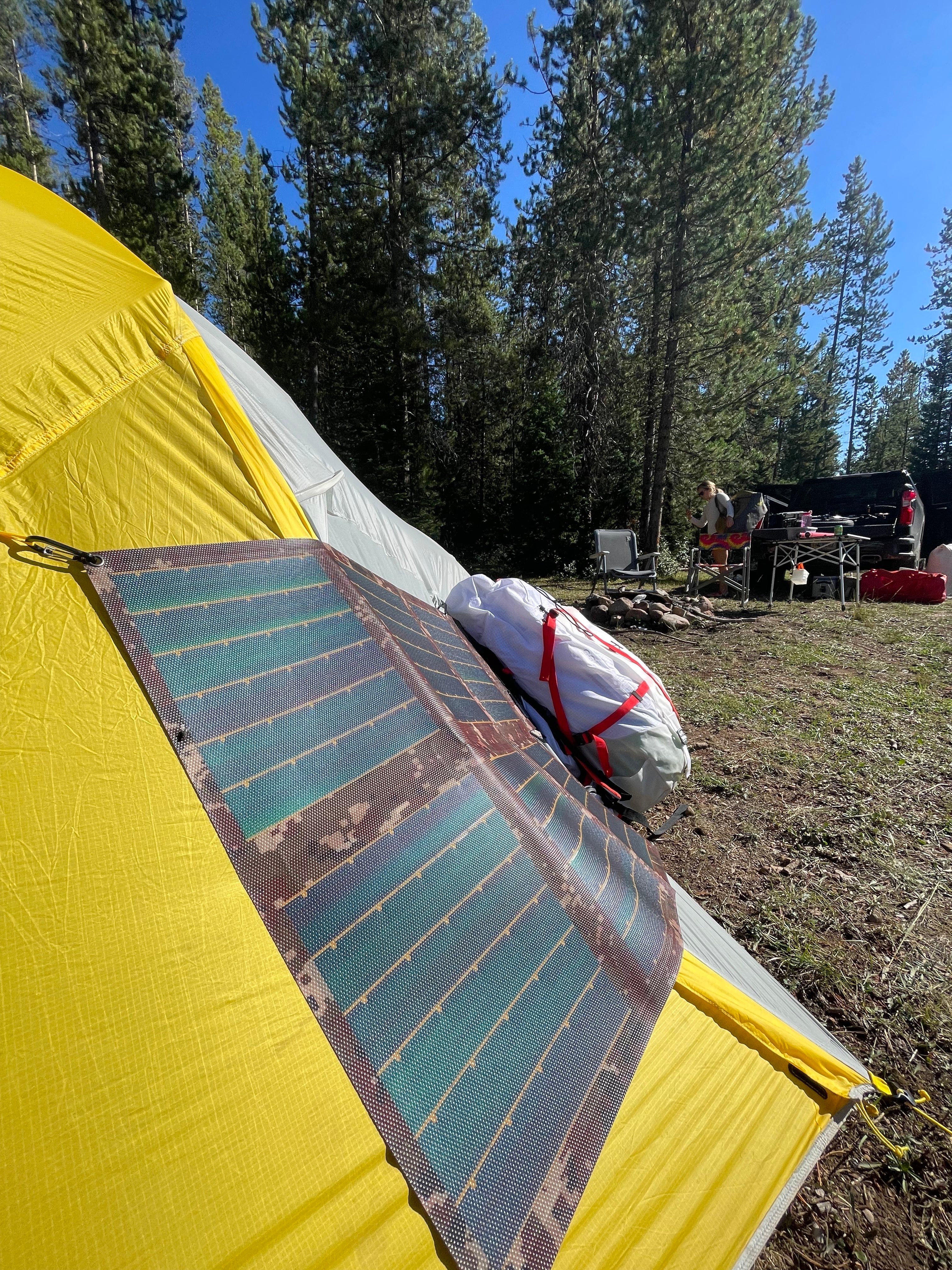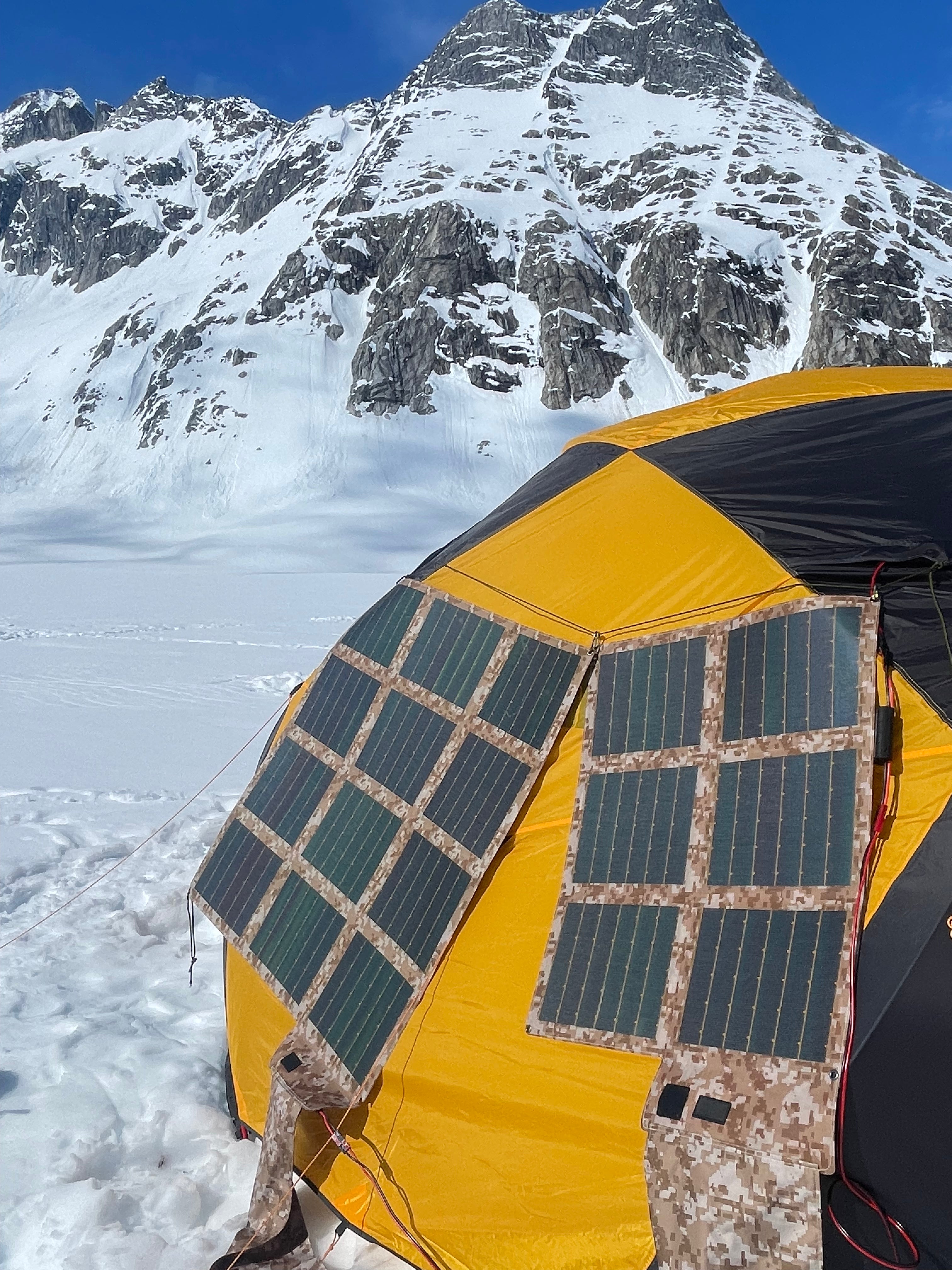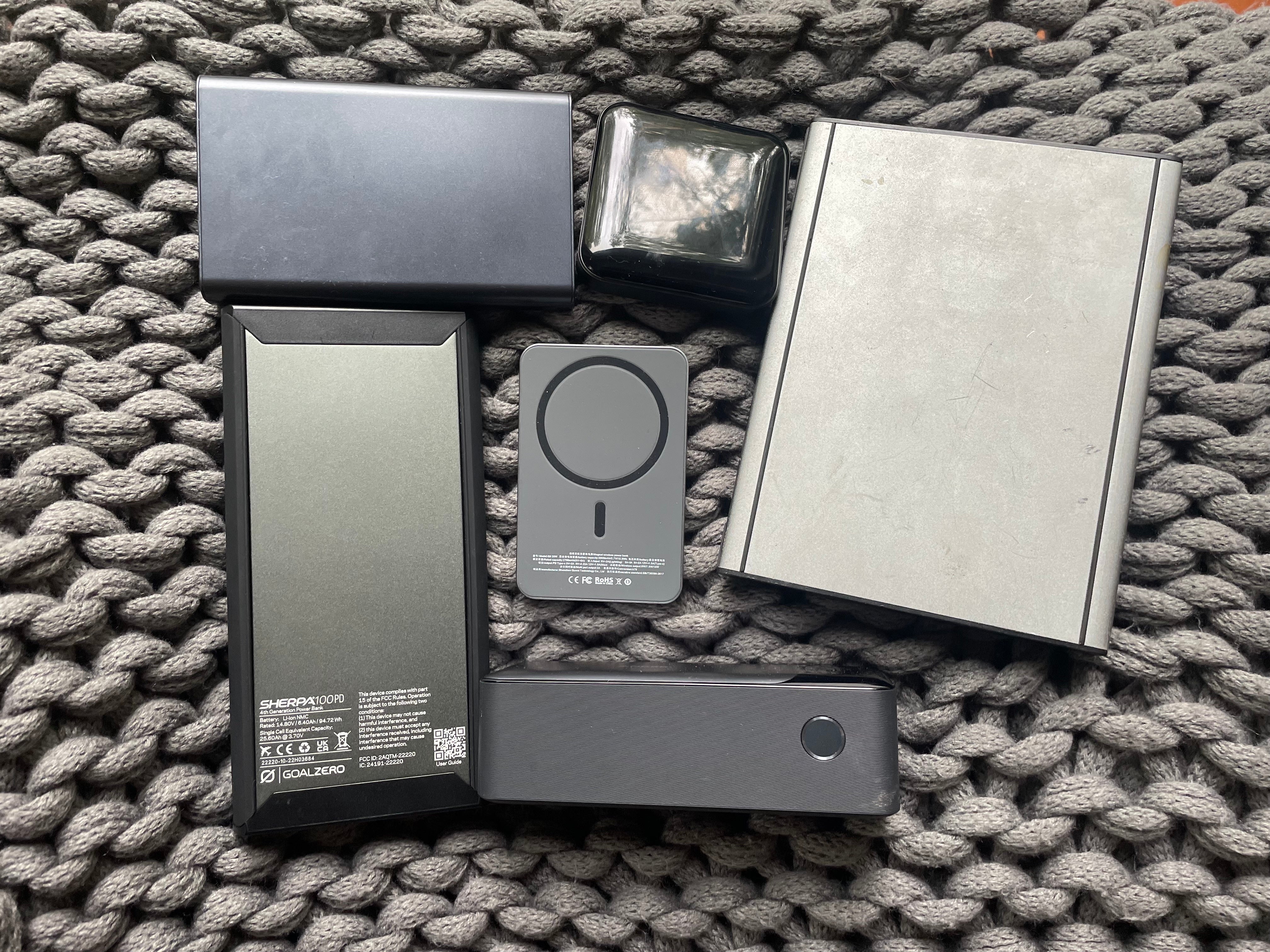
Gettin the most out of lightweight, backcountry solar panels.
Welcome to the Cruxley Field Goods blog, where you'll get real answers on questions from real people.
Solar Charging for Backpackers
So, can I attach my solar panel to my backpack?
For whatever reason, this is the first thought many people have when they think about solar charging on a backpacking trip. Like many things solar, the answer is “yes…but…”. Let us explain why this might not be as great of an idea as it seems.
Solar Charging at Camp
One of the best things about our lightweight solar panels is their camp friendliness. That is, whether you’re on a backpacking trip or car camping, our foldable panels don’t take up a ton of space in your pack or car, won’t weigh you down and they can be unfolded and producing solar power in a matter of seconds. That said, there’s a few things to consider before setting up your panel that will help you maximize the amount of power it generates.
How we rate our solar panels
Unfortunately when it comes to solar panels, what you see is not always what you get in terms of the amount of power a solar panel will generate in real life conditions vs what the panel is rated for (or what it claims to be able to generate). As a consumer, this can be quite frustrating…could you imagine buying a car that claims to get 25MPG but it actually only gets 20MPG? Sounds disingenuous to us.
Best Battery Banks
We just want to make sure you’re dialed, even if part of the solution doesn’t (yet) come from us. We’ve tested battery banks for compatibility and performance, and there’s a lot of variability in the latter. Whether you’re trying to power a production shoot or a speaker, the right battery bank can make all the difference and help you maximize what you get out of your solar panel. That said, there’s a lot of nuances to finding the battery bank that will suit your solar needs.
Will it charge my ________?
We get it, power specifications can be tricky. The short answer is yes, if it has a USB port you can charge your device from one of our solar panels. The long answer (and how fast your device will charge) really depends on the particular device, what input it’s rated for and even the cable that you’re using.





